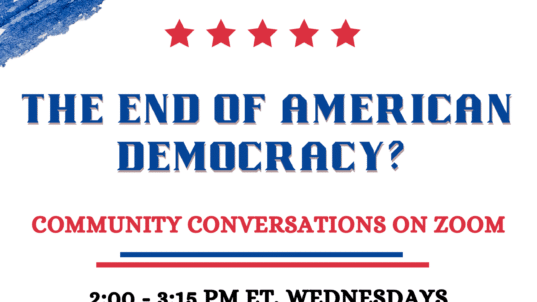
Skitterphoto via Pexels.com
It was the 21st century equivalent of a debate competition. The focus, however, was not on a winning argument but on creative innovation–developing viable possibilities for an emerging national issue. The teams were evaluated on two things: the quality of their possibilities and the discussion process they used to arrive at their possibilities. The rules were simple: students had two hours to arrive at their possibilities. The only resource permitted was a single sheet of paper. Since the issue to be discussed was not known in advance, most of the teams put together a “cheat sheet” of facts about issues they thought may be covered.
Dr. Gus Diamondidis, the coach of the winning team, was asked about the success of his team. While Diamondidis’ team came from what was perceived to be a lower-tiered school, they consistently won the discussion competition. “The sheet of paper our students bring to the competition consists of just 30 good words: 10 verbs, 10 nouns, and 10 adjectives. Our teams have been very creative in taking these ‘good words’ and generating possibilities from them. They start with a verb, noun, adjective combination and use it to spark discussion on how these might translate into a possibility. They learn how to build on each other’s ideas. It’s remarkable to see the creative synergy at work.”
When you’re aiming at innovation, discussions can often get bogged down by too many facts, data, and conventional thinking. The value of “good words” is that they can help people think divergently. They can encourage unusual combinations, helping people to imagine something that goes beyond what the typical analysis would suggest.
There’s nothing magical about the specific good words to use. In fact, experience shows that:
- A short list of good words is better than a long list (30 words work well)
- A combination of 10 verbs, 10 nouns, and 10 adjectives works well
- Lists of good words are readily found with a Google search
Once the good words are prepared, the next step is to select at random a verb, noun, adjective combination. Then the discussion starts. At first, the discussion will seem somewhat forced as the good word combinations are used to address the issue. But there is a remarkable discussion journey that follows, as the combination of good words transforms into a creative possibility.
Discussion groups may struggle with the “good words” creative process at first. But most groups learn to make effective use of the process once they set aside the “inner critic” part of their brain and return to a more playful thought process, one they may have long ago abandoned.
When you study breakthrough ideas, you are often struck by how they came from seemingly unrelated origins. Good words are simply a way to stimulate ideas by making novel connections to possibilities that may not have occurred with a more linear or analytical thought process.
* * *
“Making the simple complicated is commonplace; making the complicated simple, awesomely simple, that’s creativity.” – Charles Mingus (jazz performer, composer, and improvisational artist)
This post is part of our “Think About” education series. These posts are based on composites of real-world experiences, with some details changed for the sake of anonymity. New posts appear on Wednesdays.



